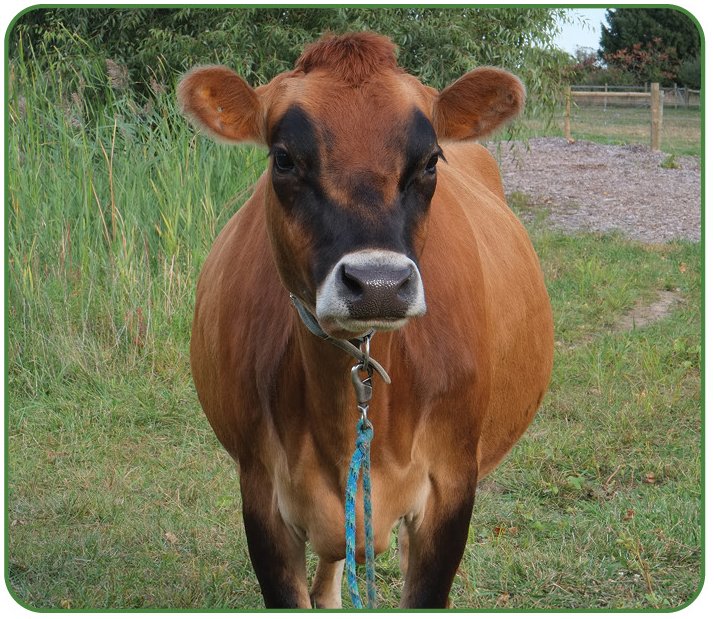By Andrea Hill
I re-experienced my own birth the other day, for the third time in a week. I was in Milwaukee, at Transformations, Inc., with Jim Morningstar, a dedicated and compassionate psychotherapist, breath coach, writer, and Therapeutic Breathwork teacher. Sitting in Jim’s comfortable office, after a week of intensive breathwork training and experience, we began the session by talking about what I would like to focus on. I asked for inner child work. I knew that this was a gift of his — that he has been perfecting the art of the healing conversation for a long time — and I had some childhood emotional patterns I wanted support in clarifying.
I was quite primed for this session after our week of training. Jim Morningstar, along with Steve Moe and others, had led around 25 of us students through several breathwork sessions a day, each with a different flavor or focus. We were inside, outside, and underwater, facilitating each other individually and in groups. We were psychotherapists, social workers, bodyworkers, and shamanic healers. I felt instantly connected to this group of people who were willing to press through discomfort in order to live freer, more authentic lives and help others do the same. For me, this was the culmination of a distance-learning course with Jim, which was my entry into offering breathwork professionally.
I have been a spiritual explorer since childhood and a bodyworker since 1990, which has given me the opportunity to witness the deep connection between physical, emotional, and spiritual life. I love anything that helps integrate these for a person, and breathwork is a lovely way to do that. I was attracted to it first during a particularly intense time of my life, several years ago, as I was going through a divorce. I didn’t want the emotional pain to lodge in my body, so when a friend suggested Transformational Breathwork with Julie Wolcott of Breathe Ann Arbor, I tried it out. With her and her business partner Marcia Bailey, I was able to grieve holistically, release trauma and feel a deeper connection to my innate joy and creativity.
If you’ve never heard of breathwork, you are not alone. Maybe this will help give you an idea: “Breathwork,” as I am using it here, has roots in yoga, but it is not the yogic system of breathing called pranayama. It is a general term that refers to Transformational Breathwork, Therapeutic Breathwork, Holotropic Breathwork, Rebirthing Breathwork, and other forms that derived from psychotherapy and use a circular breath pattern. Circular means no pause in between the inhale and the exhale. It is a little faster than normal breathing, done through the mouth.
The various forms of breathwork bring different styles and philosophies to the practice. Imagine Bikram yoga versus Iyengar yoga. For example, in my experience with Transformational Breathwork, we used specific pressure points and corresponding affirmations during a breath session. Jim Morningstar’s approach in Therapeutic Breathwork is more open-ended in terms of using bodywork and affirmations, but it felt instantly familiar to me because of the circular breath. Breathwork is done with and without music, with and without touch, with and without movement, individually and in groups. It is often mixed with other therapies or spiritual practices.
Circular breathing tends to feel a bit — or more than a bit — uncomfortable and awkward at first. Your mouth can get dry, your chest can feel tight, and emotions tend to come to the surface. Body-mind tension is amplified, and it can feel boring or irritating. The breathworker, or breath coach, is there to listen and offer support in moving through these sensations without shutting down the breath, so that eventually, a point comes where the circular breath feels natural. It is surprising but true that after a while, it actually feels good. I have found myself continuing it into my day because it feels weird to stop. That natural point where it becomes easy is lovely. It is the point where breathing becomes a deep, moving meditation that has served me on all levels.
Something about circular breathing activates the body-mind’s own healing mechanisms. If you have ever experienced “unwinding” in bodywork you’ll know what I mean. You enter a light trance, perfectly conscious and in control, and at the same time, accessing parts of yourself that aren’t normally available. Sometimes unresolved life (or even past or extra-life) experiences come back — not as a memory but as a bodily re-experiencing. In this, there is tremendous opportunity for learning and healing. A traumatic memory does not go away, but breathing through it with self-love and supportive connection changes your relationship to it. The charge is lifted, and it no longer affects present day experience in the same way. This has changed my perspective on my own emotions and life experience in general. It gives me a tremendous amount of hope, knowing that trauma is not as permanent as it seems.
When I breathe for my own healing, I do it to bring in more life force, feel uncaused happiness, and release any blocks that I’m ready to. Re-experiencing my birth was not something I tried to do, nor something I try to create now for myself or my clients. It just came up as part of my process — and it comes up often enough in breathwork that it is considered normal. Quite a vulnerable thing to go through, right? Yes. Yes. Yes. It is tender, squishy, and often tearful. It is not just remembering with the mind, but re-experiencing through the cells. You are in it. And the gorgeous beauty of this is that you get to re-experience it on your own terms in a safe place. While feeling myself as a pre-born baby, I had a conversation with Jim. “I don’t want to come out yet. I need to know it will be safe. No forceps. I come out when I’m ready and not before. I have another place I need to say goodbye to that I can see right now…”
Jim gave me his shoulders to push against, simulating pushing my way out, entering the world in a new way that felt safe, supported, and complete. I am changed by this, and by all the loving interactions and breath experiences I had during training. A group of perfectly imperfect people came together to explore and evolve; to loosen what restricts our creative movement and life energy; to understand ourselves better, in order to make more conscious choices in our lives. I love that.
Andrea Hill, B.S., L.M.T., originally wrote this story some months back, and has since then
incorporated breathwork into her healing practice. She is now a mentor for students of
Jim Morningstar’s school. Her practice is called Body Poetry Therapies, where she offers
Therapeutic Massage, Breathwork, and Aromatherapy. You can reach her at ahillbodypoetry@gmail.com.
Related Content:












































































































































































































In this short video, Andrea Hill guides us through a simple breathwork exercise for relaxation.